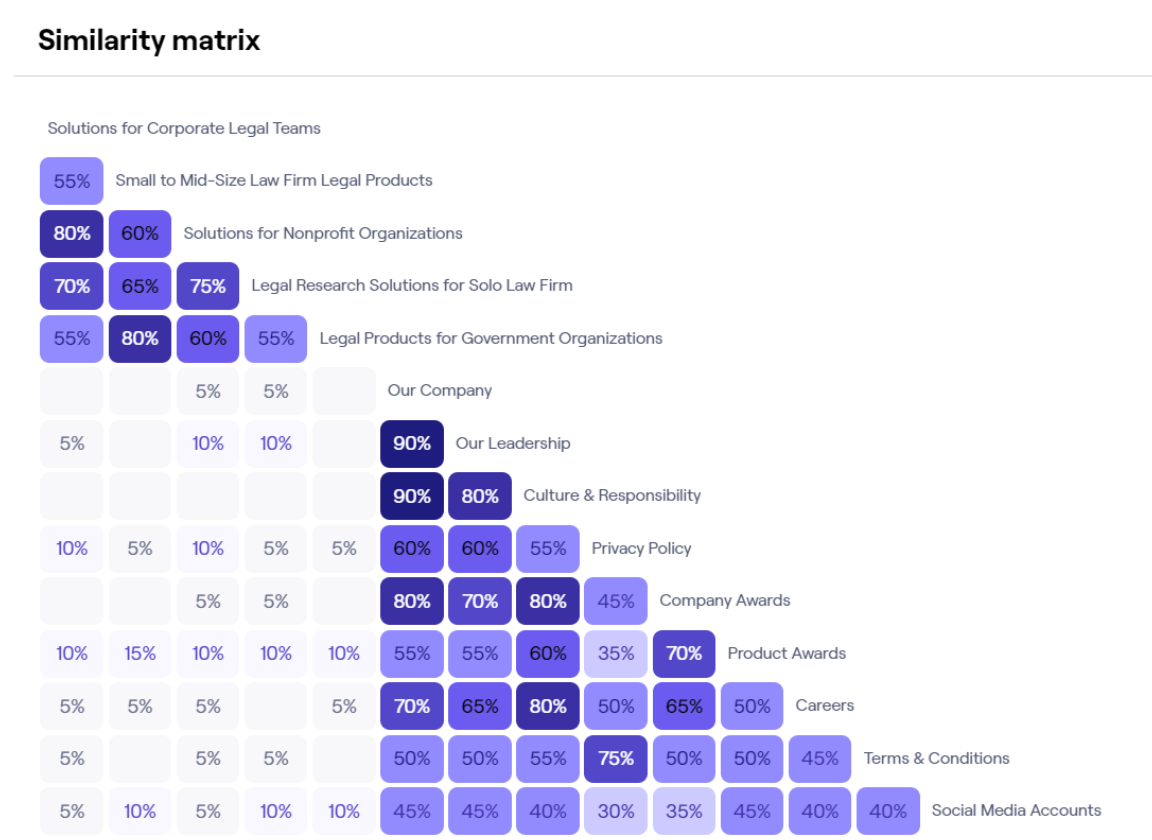Lexisnexis website navigation research
Background
The global web and e-commerce team wanted to improve the searchability of the US LexisNexis company website to make it easier for users to locate product information. To evaluate the current searchability of the website, they requested doing user research to get a better understanding of how prospective customers view the website and understand the content shown in the various navigation options shown on the company homepage.
Research Problem Statement/Goal(s)
The team would like to understand how customers expect to see search for the various content featured in US LexisNexis.com company website. The goal of this study is to see how well customers understand our content and how they associate the content we offer to make it easier to locate information they need when going to the website.
QUESTIONs/HYPOTHESeS
To begin developing my research test plan, I worked with the stakeholders to understand which questions they needed to answer and what hypotheses needed to be validated with the research findings:
Question 1: How well do prospective customers know our product names?
Question 2: Does the current navigation of the site (in terms of how users locate content) align with user needs and expectations?
Hypothesis I: Prospective customers will not know all of LexisNexis’s products by name.
Hypothesis II: Prospective customers will want to locate product information by function as opposed to market segment.
research Methods and approach
Card sort
I conducted a card sort with 20 non-customers in legal roles evaluate how well they understand the current content options shown in our website. I utilized an open card sort to see how they would expect the content to be categorized and evaluated the findings against the current navigation of the LexisNexis US company website.
analysis
After the 20 participants completed the card sort activity through Maze, I analyzed the findings to discover what patterns emerged in the data in terms of categorization and overall understanding of LexisNexis site content.
Key findings
10 participants shared that they had difficulty completing the card sort since they were not familiar with LexisNexis products and content.
Participants in the study grouped legal and professional products together based on product functionality (ie analytics and research) more so than by segment or user type.
15 out of 20 participants in this study indicated that product content was the most important information to be shown on the website.
Many unique categories were created in this study indicating a lower level of understanding of product and content OR inconsistent preferences for how to categorize information.
recommendations
Consider creating categories or grouping content together by product functionality or intended product use.
Provide descriptive details for new users to help them understand product usage (there were many who were confused by or unsure of products by name alone).
Product-driven navigation should be the direction moving forward based on users’ feedback.

